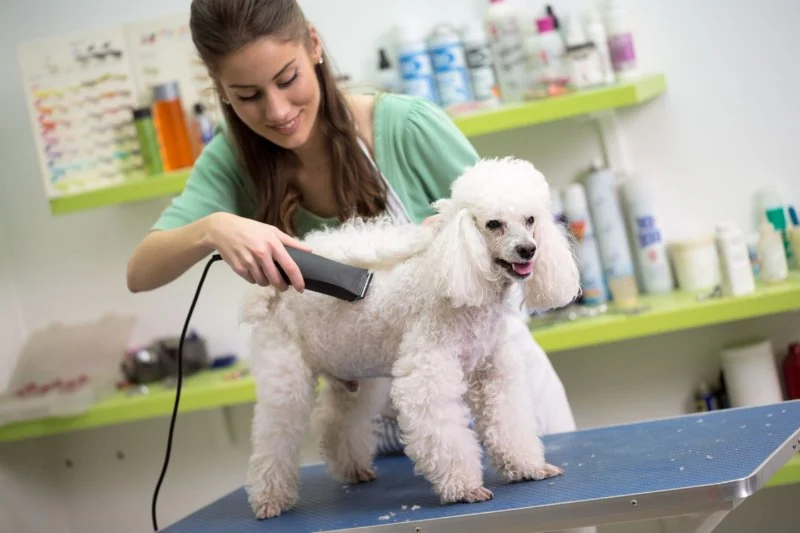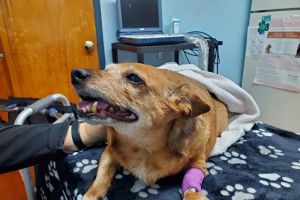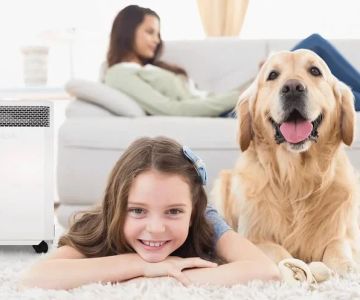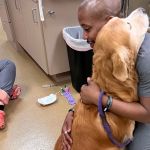
1. Understanding the Importance of Regular Pet Grooming
When it comes to keeping your pet healthy and happy, grooming is just as essential as a balanced diet and regular exercise. Regular grooming helps maintain your pet's skin, coat, and overall hygiene, preventing many common health issues. Grooming is not only about appearance; it’s an essential part of pet care that can help you detect underlying health problems early. Whether you have a dog, cat, or puppy, understanding the best grooming practices based on your pet’s breed can make all the difference in their well-being.
For example, a dog with long hair may need more frequent grooming compared to a short-haired breed. Similarly, cats with dense fur may require regular brushing to prevent matting and hairballs. Regular grooming not only keeps your pet looking great but also strengthens the bond between you and your furry companion. Let’s dive into the best practices for pet grooming frequency by breed to help ensure that your pet gets the care they need.
2. Grooming Frequency for Different Dog Breeds
Dogs come in a wide variety of shapes, sizes, and coat types, which directly impacts their grooming needs. Below, we’ll cover the grooming frequency based on some popular dog breeds to help you tailor your grooming routine.
2.1. Long-Haired Breeds
Long-haired breeds like the Shih Tzu, Collie, and Maltese require frequent grooming to prevent their fur from tangling and matting. These breeds should ideally be groomed every 4-6 weeks. Brushing at least 2-3 times a week is also highly recommended to keep their coats looking shiny and free of knots. Long-haired dogs can also benefit from occasional professional grooming, especially if their coat becomes too thick or difficult to manage at home.
2.2. Short-Haired Breeds
On the other hand, short-haired breeds like Beagles, Dachshunds, and Boxers typically require less frequent grooming. Brushing once a week is usually sufficient to remove loose hair and keep their coat healthy. However, they still benefit from a regular bath and nail trim. Short-haired dogs generally have lower grooming maintenance, but they shouldn’t be neglected altogether. Regular cleaning of their ears and checking for any skin issues is also essential.
2.3. Hypoallergenic Breeds
Hypoallergenic breeds such as Poodles, Bichon Frises, and Schnauzers tend to shed less and are a better option for people with allergies. However, these breeds still require regular grooming. They should be trimmed every 4-6 weeks to maintain their non-shedding coats, and regular brushing is also needed to prevent hair from tangling and matting.
3. Grooming Frequency for Cats
Like dogs, cats also have different grooming needs based on their breed and coat type. Some breeds are low-maintenance, while others may require daily care to keep their fur in top shape.
3.1. Long-Haired Cats
Breeds like Persians, Maine Coons, and Ragdolls have long, dense coats that require frequent grooming. These cats should be brushed every day to prevent tangles, mats, and hairballs. Regular grooming not only helps with their appearance but also improves their comfort. Long-haired cats are also more prone to skin problems, so regular grooming sessions provide an opportunity to check for any signs of skin irritation or parasites.
3.2. Short-Haired Cats
Short-haired cats, such as American Shorthairs, Siamese, and British Shorthairs, require less maintenance, but they can still benefit from regular brushing. Brushing once a week is usually sufficient to remove dead fur and reduce shedding. However, like short-haired dogs, they may still need occasional ear cleaning and nail trimming. Regular grooming helps maintain their coat’s softness and keeps their skin healthy.
3.3. Special Grooming Considerations for Indoor Cats
If your cat is strictly an indoor pet, you may find that they shed more due to lack of environmental stimulation. In such cases, increasing the grooming frequency, even for short-haired breeds, can help reduce shedding and hairballs. Additionally, keep an eye out for signs of stress, as indoor cats may develop grooming issues related to anxiety or boredom.
4. How to Groom Your Pet Based on Coat Type
Understanding the coat type of your pet is key to determining their grooming needs. Whether you’re dealing with a curly, straight, or double-layered coat, each requires specific care to maintain its health and appearance.
4.1. Curly Coats
Curly-coated dogs, such as Poodles or Lagotto Romagnolos, require regular brushing and trimming to prevent their hair from becoming matted. These dogs often benefit from a professional grooming session every 6-8 weeks, and their coats should be brushed at least 2-3 times a week to prevent tangles. Because their hair doesn’t shed like other dogs, regular grooming is essential to keep their coats in good condition.
4.2. Straight and Silky Coats
Straight-haired dogs like the Dachshund or Greyhound need less frequent brushing, but their coats should still be maintained. A once-weekly brushing session should be enough to remove loose hairs and keep their skin healthy. Silky-haired breeds like the Yorkshire Terrier require more care and attention, including regular trimming to avoid split ends and tangles.
4.3. Double Coats
Breeds with double coats, such as Huskies or German Shepherds, require a different grooming approach. Their undercoats shed heavily, especially during seasonal changes. Double-coated dogs should be brushed at least 2-3 times a week, and during shedding season, daily brushing may be necessary to prevent matting and manage shedding. Regular baths and proper coat maintenance will keep your double-coated dog comfortable and healthy.
5. Professional Grooming vs. Home Grooming
While regular grooming at home is essential, professional grooming can be an invaluable tool in keeping your pet in top shape, especially for breeds that require extensive care. For pets with complex grooming needs, such as long-haired dogs or those with specific coat types, visiting a professional groomer every 4-8 weeks can save you time and effort while ensuring your pet's coat remains healthy.
Professional groomers can also spot health problems that you may overlook, such as skin infections, parasites, or abnormal coat shedding. If you're unsure about how often you should bring your pet to the groomer, consider speaking with your veterinarian or a professional groomer to determine the best routine for your pet.
Remember, grooming is a bonding experience, and whether you do it at home or with a professional, it should always be a positive experience for both you and your pet. At Pet & Puppy, we offer a wide range of grooming products, services, and expert advice to help you keep your pet looking and feeling their best.









 Royer Veterinary Services4.0 (1203 reviews)
Royer Veterinary Services4.0 (1203 reviews) Durango Equine Veterinary Clinic4.0 (112 reviews)
Durango Equine Veterinary Clinic4.0 (112 reviews) Carefree Dentistry and Oral Surgery for Animals4.0 (114 reviews)
Carefree Dentistry and Oral Surgery for Animals4.0 (114 reviews) Encanto Mobile Veterinary Services3.0 (11 reviews)
Encanto Mobile Veterinary Services3.0 (11 reviews) Advent Veterinary Services (Dr. Vivian Ramos - Dr. Thomas Kilbane)4.0 (336 reviews)
Advent Veterinary Services (Dr. Vivian Ramos - Dr. Thomas Kilbane)4.0 (336 reviews) CARE Animal Surgery Center4.0 (129 reviews)
CARE Animal Surgery Center4.0 (129 reviews) How to Build Confidence in a Shy Pet
How to Build Confidence in a Shy Pet How to Find the Right Specialist Vet (Cardio, Ortho, Neuro)
How to Find the Right Specialist Vet (Cardio, Ortho, Neuro) The Effect of Seasonal Allergies on Pets & How to Help
The Effect of Seasonal Allergies on Pets & How to Help How to Build a Pet Emergency Kit: Essentials You Need
How to Build a Pet Emergency Kit: Essentials You Need Coping with Pet Separation During Long Vacations: Tips & Solutions
Coping with Pet Separation During Long Vacations: Tips & Solutions How to Transition a Senior Pet to Easier-to-Eat Food: A Comprehensive Guide
How to Transition a Senior Pet to Easier-to-Eat Food: A Comprehensive Guide